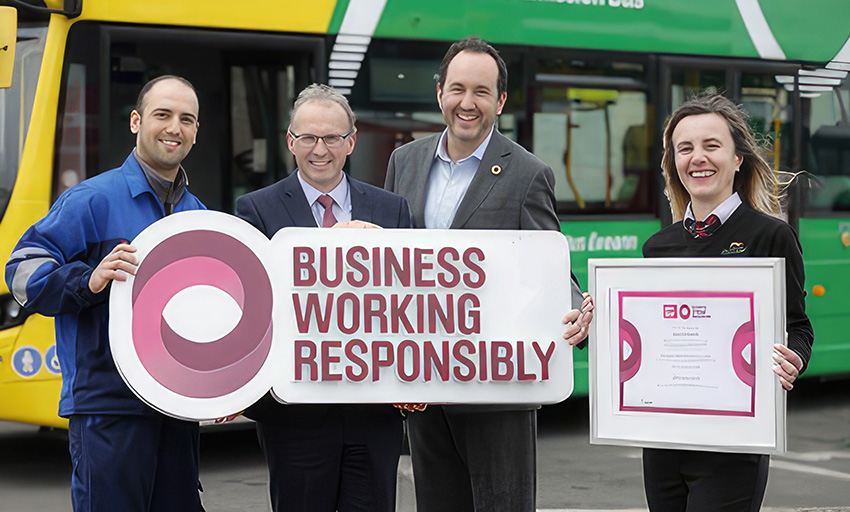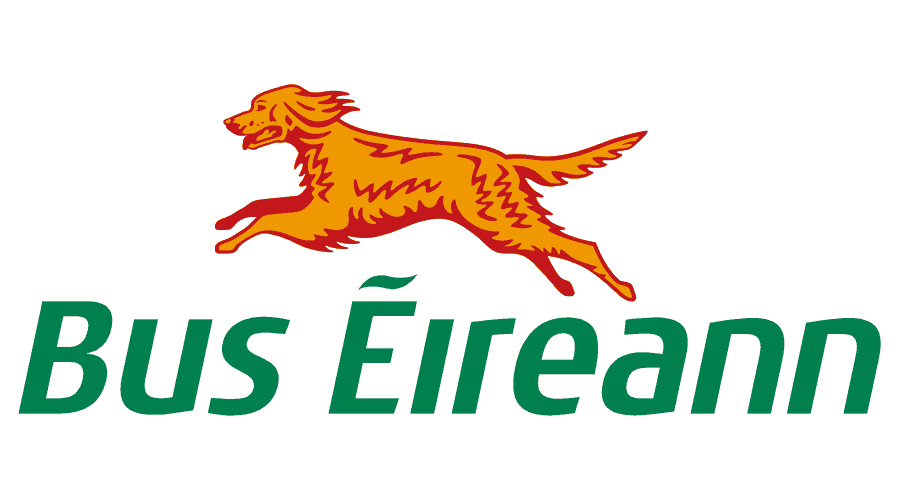Delivering record public transport growth nationwide

The flexibility of bus public transport has been to the fore in post-pandemic recovery, writes Stephen Kent, Chief Executive Officer, Bus Éireann.
During the Covid-19 pandemic, we could not have anticipated that within 12 months of the full lifting of restrictions on public transport Bus Éireann would experience a remarkable surge in passenger demand on most routes.
We facilitated 89.5 million passenger journeys in 2022, up 56 per cent on 2021 but a new trajectory in passenger demand became evident from summer 2022. Currently demand across our city services in Cork, Galway, Limerick, and Waterford is more than 20 per cent ahead of the same period in 2019. Town services in Athlone, Balbriggan, Drogheda, Dundalk, Navan, and Sligo are running 60 per cent ahead of pre-pandemic and despite the persistence of remote and hybrid working, our Greater Dublin Area services are carrying about 30 per cent more people than they did in 2019. This is the largest and fastest step change in passenger numbers ever experienced by the company and we anticipate it accelerating, with the NTA looking to Bus Éireann to bring in over 50 per cent more bus services through BusConnects in Cork, Limerick, and Galway. This is an exciting transformation in bus public transport and means change throughout the organisation, focusing now on driver recruitment and expanding depot capacity.
Through the NTA’s Connecting Ireland Rural Mobility Plan, we have expanded services to 70 communities in recent months with new and more frequent services in the south-west, north-east, and midlands.
School transport is a State service that positively impacts families of 150,000 children, reducing car journeys, congestion, and enabling economic participation. The Government decision to waive school transport fees for the academic year 2022/23 was also transformative, triggering exceptional demand for services, up circa 25 per cent on 2021/2022. Bus Éireann operates the scheme on behalf of the Department of Education and 90 per cent of the services are delivered by local contractors. Despite a very challenging environment to source additional capacity and contractors, expanding the scheme by 25 per cent within a matter of weeks was achieved.
Many of the routes on our commercial operation, Expressway, have returned to pre-pandemic passenger numbers and those serving Dublin Airport are ahead. A small number need continued revenue growth to stay ahead of the cost growth which has prevailed post-pandemic. Expressway was vital in providing connectivity to many communities during the pandemic, while other commercial operators had suspended services.
A better customer experience
Not only are passenger numbers on many routes way ahead of pre-pandemic levels, but we have managed this increase while offering an improving customer experience. Our independently assessed customer satisfaction rating is now 92 per cent, up from 84 per cent in 2019. Our customers cited greater reliability, the friendliness and presentation of our drivers, safety, the cleanliness and improved environmental impact of newer fleet and better value for money as key factors.
The improvement in value perception can be credited to the Government decision in 2022 to reduce fares by 20 per cent and by 50 per cent for young adults on our public service obligation routes, operated under contract to the NTA. This decision was taken as a cost-of-living measure but has also been an effective stimulus to promote increased public transport usage, supporting national climate action targets. New fleet procured by the NTA is also offering a better journey experience and our drivers have become increasingly customer focused, delivering exceptional care to their passengers.
A more sustainable journey
Bus Éireann’s sustainability strategy was published in 2021. The business is committed to the transition urgently demanded to address the climate change crisis.
More than 10 per cent of our public service obligation road passenger fleet are low or zero emission vehicles. This has helped us achieve >20 per cent improvement in our company energy consumption, beginning our just transition to halving our carbon emissions by 2030.
We were proud to convert the Athlone town service to an entirely electric vehicle operation, Ireland’s first zero emission bus town network. This entailed a huge commitment by the entire Bus Éireann team. The openness demonstrated by our craftworkers and drivers as they embraced new technologies was impressive, and augurs well for transitions underway for Limerick, Cork, and Galway.

Working with the NTA, the pathway to electrification for our urban fleet is clear, though challenges remain in speed of implementation. However, this is less evident for the school transport service and our 14 Expressway interregional routes. We continue to work with our stakeholders and manufacturers to determine solutions.
Our two years’ experience with Ireland’s only hydrogen buses has been very positive. The Government’s hydrogen strategy will set the context for the necessary infrastructure investment before this option becomes practical for longer-distance routes. With longer range and short fuelling time, hydrogen is currently the only zero emission alternative for longer distances, for example from Derry to Galway and between Letterkenny and Dublin.
We are also improving the energy efficiency of our facilities, having built a near zero energy building at our Limerick depot. We are working on energy audits and measures right throughout our building stock.
Confidence in growth
Bus Éireann is proud to partner with the Departments of Transport and Education and with the NTA to deliver on national policy across increasing public transport usage, reducing car dependency and assisting Ireland in meeting its climate change objectives.
Our experience of emerging from the pandemic runs counter to many of the expectations for public transport recovery both in Ireland and internationally.
Bus Éireann’s performance highlights that people are ready and willing to adopt bus public transport when services are improved. It shows how quickly new routes and enhancements can be made operational. It also demonstrates that there is a solid and improving bus network outside of Dublin city. And perhaps most importantly of all, it shows that customers are overwhelmingly satisfied with their journeys. This experience should increase confidence that comparatively modest investment in bus public transport will be more than repaid, transformative, and make a positive difference in the daily lives of people living in Ireland.






